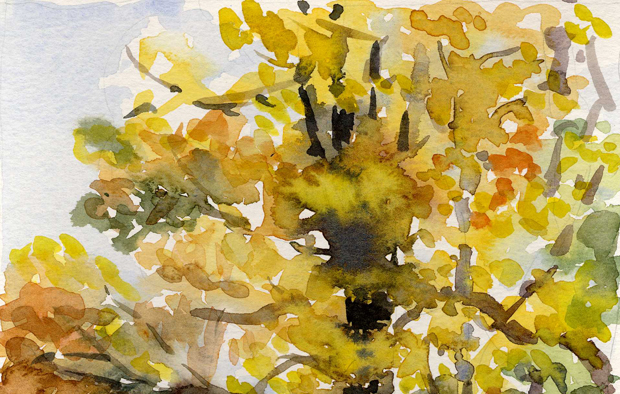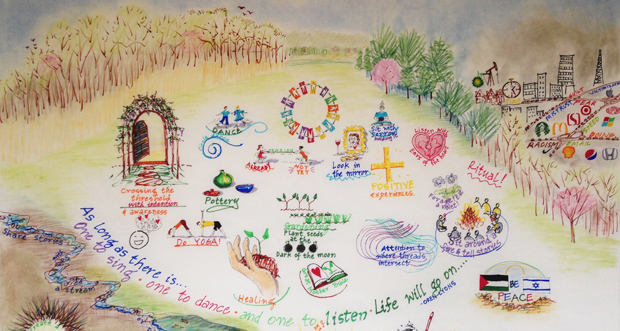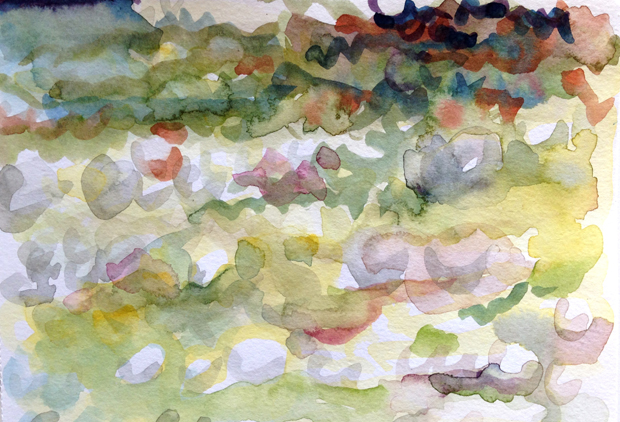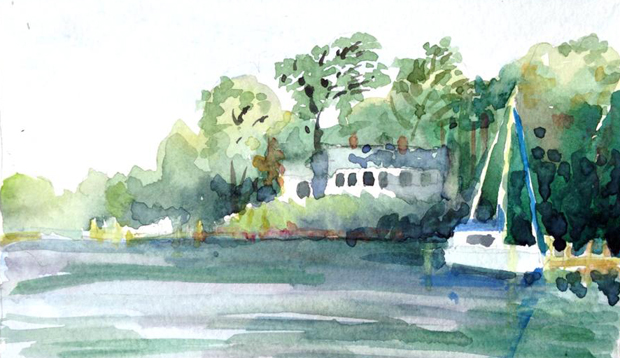A wise friend taught me something yesterday that is so profound, simple, and fun that I couldn’t wait to share it. Her lesson came in two parts. First, we each have a superpower. This is a talent or predilection that comes so effortlessly, we might overlook it, or assume that everyone has the same ability. It’s a familiar idea. Michael Meade, for example, calls this our genius, that spark inside that each of us is born with. It fuels our work and allows us to offer our gifts to the world.
What my friend said next surprised and delighted me. She said, think of when you were a kid and you kept doing that thing that you couldn’t help doing, to the point of driving everyone around you crazy. Your most annoying habit. Your mom, dad, siblings, and peers would tell you—beg you—to stop. But you couldn’t help yourself. That’s your superpower. Continue reading









